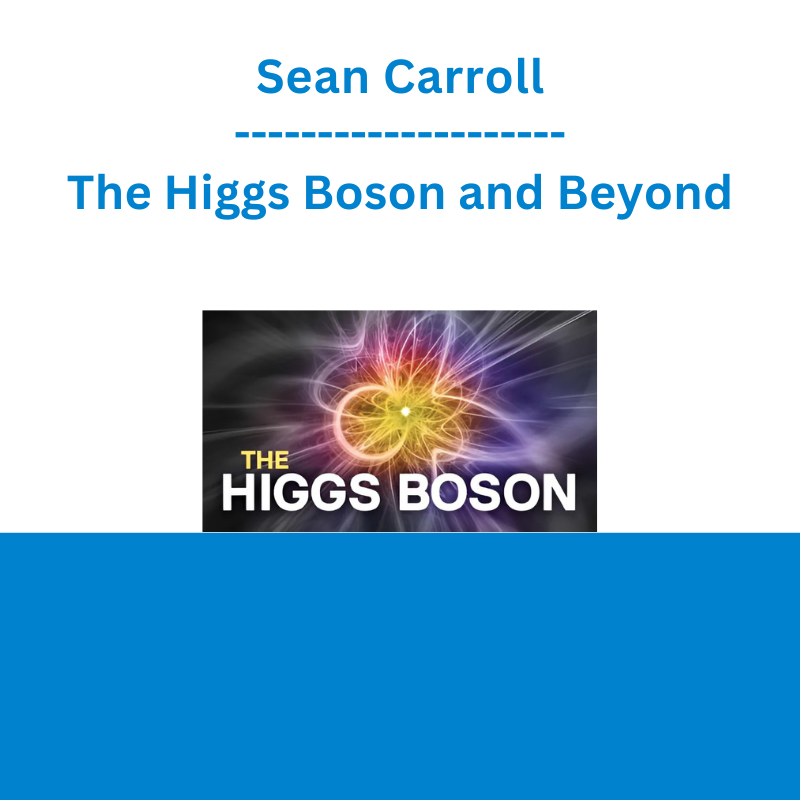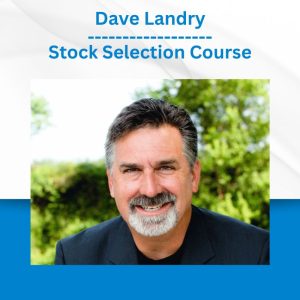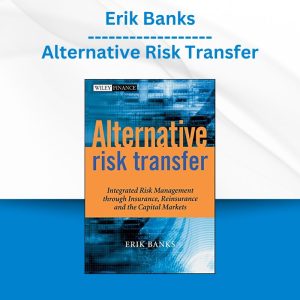*** Proof of Product ***
Exploring the Essential Features of “Sean Carroll – The Higgs Boson and Beyond”
The Higgs Boson and Beyond
Join the hunt for a mysterious particle (first name: Higgs, last name: boson) that could explain, once and for all, the nature of our universe.
LECTURE (12)
01:The Importance of the Higgs Boson
Why was the discovery of the Higgs boson such a big deal? That’s the key question that Professor Carroll tackles in his illuminating introduction. Take a fascinating dive into the world of modern particle physics and see how the Higgs is the missing piece of a scientific puzzle that helps us understand the “rules” for the universe.
02:Quantum Field Theory
Toss out the textbook image of electrons circling an atom’s nucleus. This lecture explores the big twist of quantum field theory: The world isn’t really made of particles. They’re fascinating and necessary figments of quantum mechanics created by observing the fields that fill every inch of the universe, and grasping that eye-opening concept is essential to understanding the Higgs.
03:Atoms to Particles
Now that you know what particles really are, it’s time to walk through the “particle zoo” and explore the roles of photons, gluons, and quarks. Along the way, Professor Carroll looks back on the development of the Standard Model and how our changing understanding of the weak nuclear field suggested the existence of the Higgs years before we found it.
04:The Power of Symmetry
Symmetries don’t only apply to geometrical objects. They apply to the laws of physics themselves. In this lecture, you may feel your mind twist in asymmetrical ways as you explore how symmetry governs the known forces of nature and how it helped form a wild theory that an as-yet-undiscovered particle-the Higgs-must exist.
05:The Higgs Field
With the basics of particle physics covered, Professor Carroll walks us through the decades-long hunt for the Higgs. You’ll meet the many brilliant minds-Anderson, Englert, and Higgs among them-who determinedly set out to solve the mystery of the weak nuclear field. You’ll also discover why Angelina Jolie is like a top quark.
06:Mass and Energy
In this lecture, “classical” physics, as explained by Newtonian and Einsteinian mechanics, provides insight into what makes the Higgs so special. Uncover the key to the Higgs’s uniqueness in the particle zoo-that even at its minimum energy state (its “resting” state), the Higgs field has a large, constant value.
07:Colliding Particles
Once physicists established the need for the Higgs boson to exist, how did they set out to locate it? It was just a matter of bringing the particles and fields together under the right conditions. You’ll see how physicists use Feynman diagrams to keep track of how virtual particles carry the various forces between quarks and leptons.
08:Particle Accelerators and Detectors
Want to build your own particle accelerator? You’ll need a lot of money, a lot of room, and the information that Professor Carroll shares in this lecture. You’ll learn that particle accelerators aren’t simply “atom smashers.” They bring into existence new particles that weren’t there before.
09:The Large Hadron Collider
If blacksmithing were like particle physics, the Large Hadron Collider would be the anvil. Seventeen miles around and representing the unprecedented cooperation of scientists worldwide over the course of years, the LHC is a remarkable achievement. Explore its construction, capabilities, and amazing promise for the future of physics.
10:Capturing the Higgs Boson
Looking for a needle in a haystack? Try looking for a never-before-seen particle in the largest machine ever built. With the LHC complete, the search for the Higgs began in earnest, and particle physics combined with probability to find the missing piece in the Standard Model puzzle. Professor Carroll describes both the exciting hunt and the key players in the amazing discovery.
11:Beyond the Standard Model of Particle Physics
Now that the Higgs boson has been found, everything is answered, right? Not quite. Professor Carroll says the properties of the Higgs suggest that something else is at work out there. Moreover, the Higgs boson can be a stepping-stone to our exploration of dark matter, extra dimensions, the asymmetry of matter and antimatter, and a Grand Unified Theory of particle physics.
12:Frontiers-Higgs in Space
The Standard Model explains the forces and molecules that comprise us and everything with which we interact. But even with the Higgs, we can’t explain the stuff that makes up 95% of the universe: dark matter and dark energy. In his conclusion, Professor Carroll shines a light on dark matter, its relationship with the Higgs, and the wonderful mysteries still ahead.
DETAILS
Understand one of the most exciting scientific discoveries of our time with this fascinating short course that explains the science behind the hunt for the Higgs boson.
About
Sean Carroll
We need to push on our understanding of cosmology, particle physics, gravity, not to mention how complexity and entropy evolve through time, and eventually you’ll be able to really understand what our theories predict.
ALMA MATER
Harvard University
INSTITUTION
California Institute of Technology
Professor Sean Carroll is a Senior Research Associate in Physics at the California Institute of Technology. He earned his undergraduate degree from Villanova University and his Ph.D. in Astrophysics from Harvard in 1993. Before arriving at Caltech, Professor Carroll taught in the Physics Department and the Enrico Fermi Institute at the University of Chicago, and did postdoctoral research at the Massachusetts Institute of Technology and at the Institute for Theoretical Physics at the University of California, Santa Barbara. Professor Carroll is the author of Spacetime and Geometry: An Introduction to General Relativity, published in 2003. He has taught more than 200 scientific seminars and colloquia and given more than 50 educational and popular talks. In addition, he has written for numerous publications including Nature, New Scientist, The American Scientist, and Physics Today. Professor Carroll has received research grants from NASA, the U.S. Department of Energy, and the National Science Foundation, as well as fellowships from the Sloan and Packard foundations. He has been the Malmstrom Lecturer at Hamline University, the Resnick Lecturer at Rensselaer Polytechnic Institute, and a National Science Foundation Distinguished Lecturer. While at MIT, Carroll won the Graduate Student Council Teaching Award for his course on general relativity. In 2006 he received the Arts and Sciences Alumni Medallion from Villanova University.
Please see the full list of alternative group-buy courses available here: https://lunacourse.com/shop/










 Sovereign Man Confidential - Renunciation Video
Sovereign Man Confidential - Renunciation Video